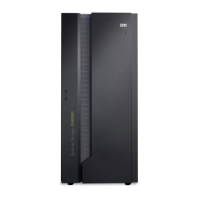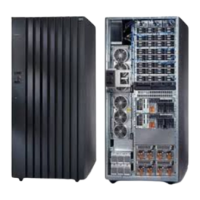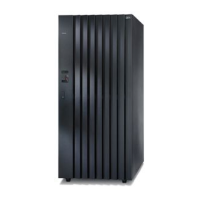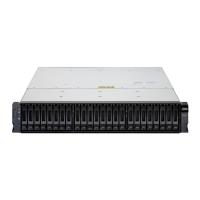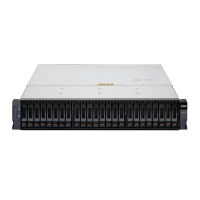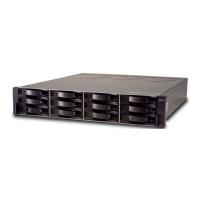Remote support settings
The remote support worksheets specify whether you want outbound (call home) or inbound (remote
services) remote support, or both.
Ensure that you enable both outbound and inbound support to help you maintain the highest availability
of your data.
When you enable outbound (call home) remote support, your management console sends an electronic
call home record to support when there is a problem within the storage complex. If inbound remote
service is also enabled, an technical service representative can securely sign on to the management
console from a remote location in response to the service call.
The storage system uses secure Internet SSL connectivity for the outbound (call home) remote support
connection.
Assist On-Site (AOS) is available as a secure inbound remote service option. AOS provides a mechanism
to establish a secure network connection to IBM over the internet by using SSL encryption. AOS can be
installed on a customer gateway server in a DMZ or, if your security guidelines allow, it can run directly on
the storage system.
In addition to AOS, you can also use 'rsc' (remote support center). It is a simple SSH proxy based remote
service solution which can be used if AOS does not meet your security guidelines. Contact your technical
service representative for more information on rsc.
Remote code load (RCL) requires outbound (call home) remote support, and either AOS or rsc.
The management console can also be congured to offload error logs to IBM over the Internet by using
FTP. This option is normally only used when the customer does not want to send error logs over an
encrypted connection.
For any of the remote support connectivity methods, you can use the data storage command-line
interface (DS CLI) and its audit log feature to review who completed any remote service on your storage
system, and at what time the work was completed. Contact your technical service representative for more
information on which service actions are completed remotely. You can also use DS CLI to control network
and remote service access to each management console and the storage system.
The IBM AOS Redbook at http://www.redbooks.ibm.com/abstracts/redp4889.html?Open provides
additional information on AOS as a secure remote service solution.
You must complete the worksheet for all installations that include a management console.
Notication settings
Use the notication worksheets to specify the types of notications that you want to receive and that you
want others to receive.
Note: The technical service representative sets up the notication process.
Notications contain information about your storage complex, such as serviceable events.
You can receive notications through the following methods:
• Simple Network Management Protocol (SNMP) traps
• Email
You can choose one or both notication methods.
When you choose to have your storage complex generate SNMP traps, you can monitor the storage
complex over your network. You can control whether management information base (MIB) information is
accessible and what type of SNMP traps to send. You can also specify the maximum number of traps that
are sent for each event and where to send the traps.
Notes:
108
IBM DS8900F: DS8900F Introduction and Planning Guide
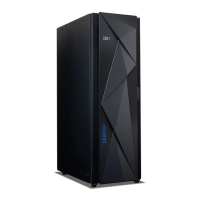
